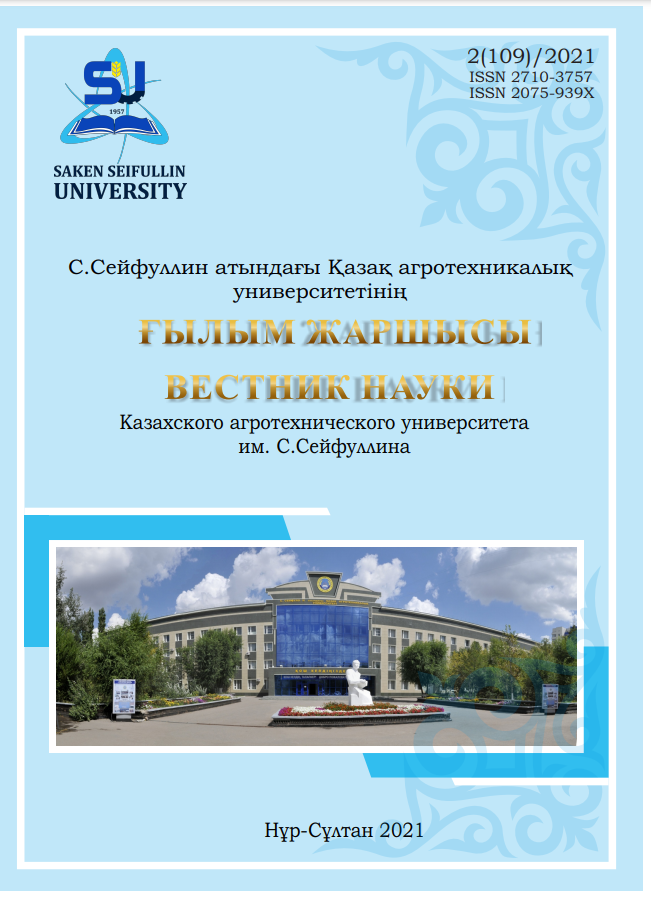FOREIGN LANGUAGE MOBILE LEARNING DESIGN
DOI:
https://doi.org/10.51452/kazatu.2021.2(109).597Keywords:
foreign language, mobile learning, didactic potential, mobile technologies, design principles, e-learning, digital education.Abstract
The formation of artificial virtual environments and their implementation in the educational environment of human activity is a current trend. Various textbooks, reference books, and dictionaries are created with virtual objects and interactive applications included in their content. The expanding capabilities and diversity of mobile devices support increasingly large-scale and interesting learning projects. Mobile technologies provide new opportunities for curriculum development that differ from those provided by other e-learning technologies. They serve to support such a learning model, where the priorities are: free access to learning technologies, inclusiveness, and enhancing the students’ activity. In mobile learning, the central role is given to students with their individual technology preferences, while mobile learning is synonymous with unpredictability and constant change. Mobile-digital communication environments have huge number of tools and software to influence various cognitive and psychological aspects of students ' motivation to learn a foreign language. When using these environments, the learner's perceptual skills improve, since interaction with mobile devices with a learning purpose is most often initiated by the learner himself, at a convenient time and place for them.

